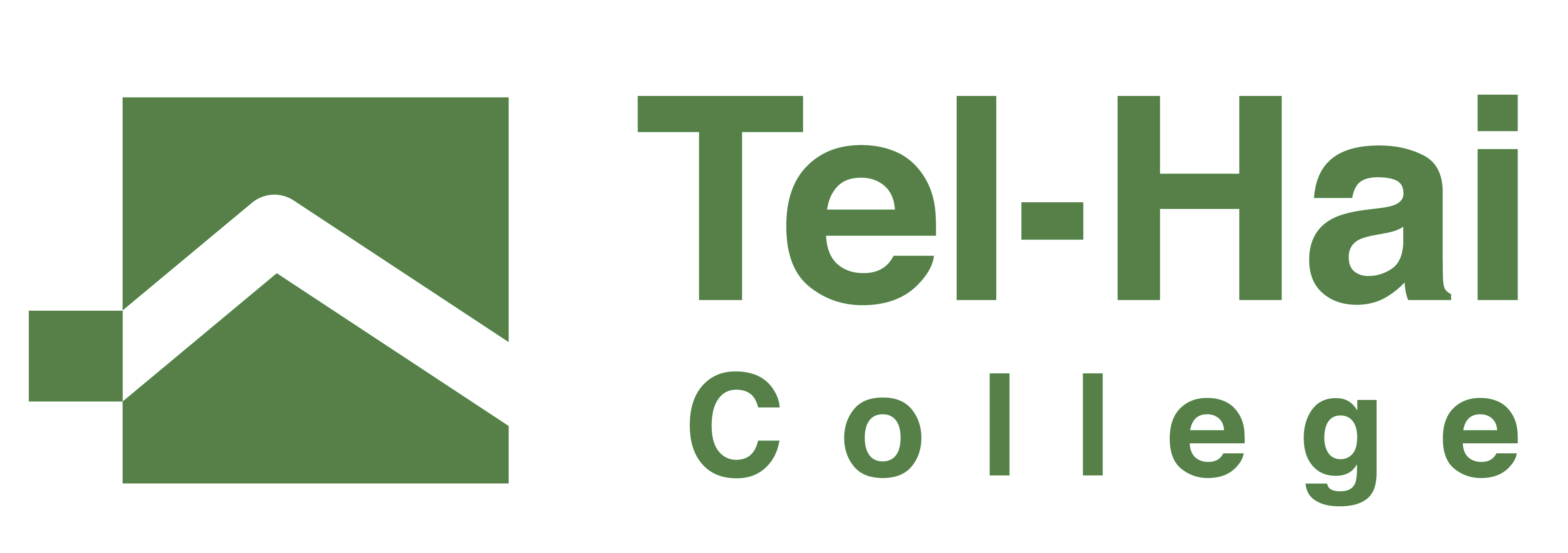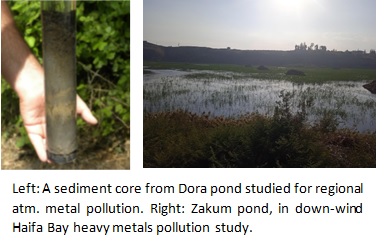About the Lab
The geochemistry and biogeochemistry lab research on soil and water focuses on the chemical and biogeochemical processes that affect the binding and release of environmentally and agriculturally valuable elements from surfaces such as soils, sediments and adsorbents. Elements with environmental and agricultural value include nutrients such as phosphorus and nitrogen. The chemical processes that affect their solubility are mineral adsorption and precipitation on solid surfaces, while the biological processes include transformations between the inorganic and organic forms, i.e., mineralization which increases the solubility of nutrients or alternatively consumption - which decreases the solubility. The research concept is holistic - an aspiration to understand all the components of the system that affect the availability of nutrients. Along with developing the recycling of nutrients from agricultural funnels, the research is currently focused on understanding the effect of temperature changes, and specifically extreme heat, on soil fertility (phosphorus solubility, nitrogen/phosphorus ratio, carbon, enzymatic activity) in soils with different coverage and in aquatic environments. Another branch of research deals with the sedimentary record of trace metals (including heavy metals) as an archive for regional and local atmospheric pollution. The laboratory’s research includes field work/controlled laboratory experiments/controlled planter experiments and the use of classical and advanced geochemical and biological research tools.




